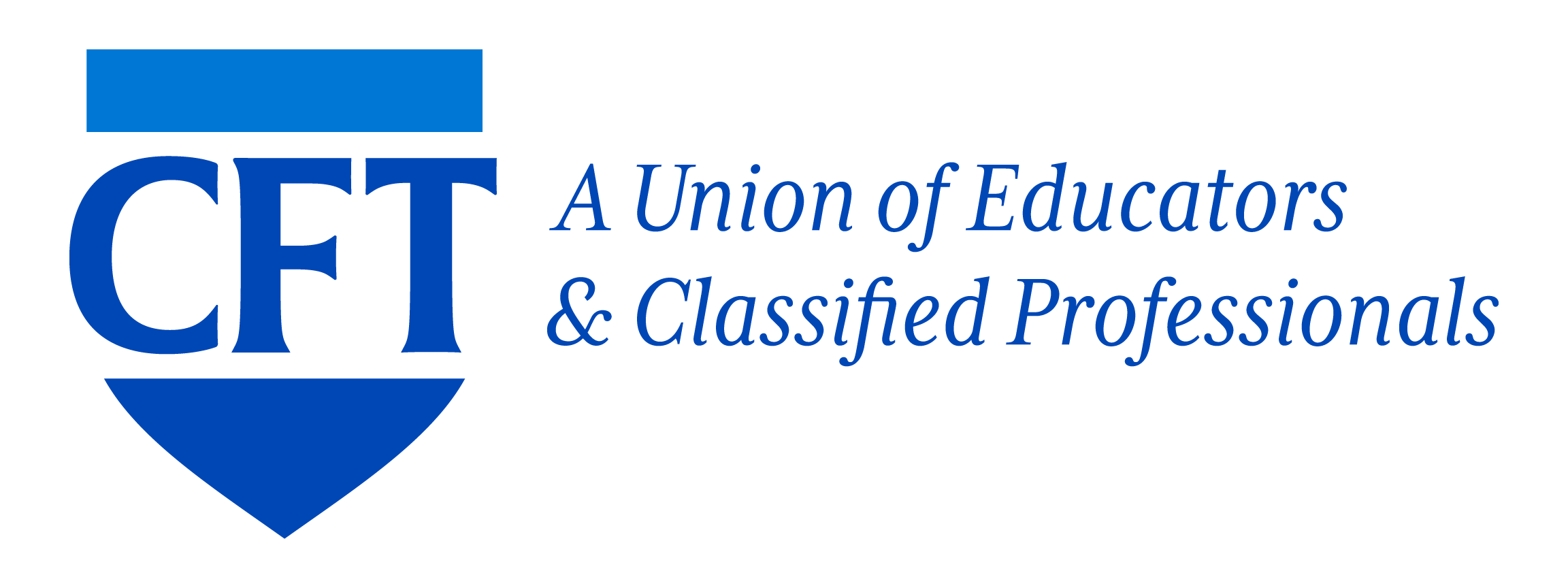Since this past May, CFT’s One Tier task force has been in serious discussions to find solutions to the overuse and exploitation of part-time higher education faculty. This task force was created based on the resolution at the 2023 CFT Convention.
There is an urgency in the work in that over the past 25 years little progress to address the issue significantly has been achieved. In 1998 AB 1725 called for a full to part-time ratio of classes taught in community colleges of 75/25. This was followed in 1999 by AB 420 which called for a study of “options to achieve pay equity between community college part-time faculty and full-time faculty.”
Between Fall 2002 and Fall 2022, California Community College Chancellor’s Office reports the percentage of part-time faculty has declined just 1.4% from 68.5% to 67.1%, representing a reduction of just 300 part-time faculty, more the result of a decline in student enrollment and the subsequent loss in teaching sections.
More disheartening are national statistics from AFT’s 2022 “Army of Temps” report which shows that nationwide over 60,000 of part-time/contingent faculty make less than $50,000 a year, and 39% report that they apply for one more forms of public assistance.
The CFT unanimously passed a resolution to “Develop a strategic plan to end the two-tier system in the community colleges” in March of 2022.
“There comes a point where you have to do more than just talk about the issue, but set a direction of where to go,” said Lacy Barnes, CFT Secretary Treasurer and a member of the One Tier task force.
Since this past Spring, a group of CFT activists comprised of both part and full-time faculty, each committed to a larger goal of breaking down the part-time/full-time divide have been in inclusive but thoughtful discussions about what a one-tier faculty system in CA community colleges would look like, and what will be the legislative and local bargaining approaches by which this can be achieved.
As a general vision, some would look to the British Columbia “Vancouver Model,” which “regularizes,” or gives all faculty tenure-like status at 18 months, regardless of teaching load, and pays faculty in direct proportion to the percentage of a full-time load they teach. In other words, 20% pay for 20% of a full- time load, or in effect, full parity.
“One thing people have to realize is that once a prospective model of a one tier system is mutually agreed upon, and even after a strategic plan is developed, there will require a great of educating both part and full-time faculty,” said Linda Sneed, a fellow One Tier Task force co-chair who also co-chairs the CFT part-time Committee along with Govsky.
“Another point to consider,” said Barnes, “Is that we have to look at what we’re most trying to protect, which is the notion of higher ed teaching as a well-paying and secure job with academic freedom. Increasingly, all three are being eroded, and we have to evolve the system to try and ensure these three things for all faculty or lose them to those forces who want to fully casualize the profession.”
It is hoped that in the next few months, the task force will be able to report out their vision of a one tier model and a long-term strategic plan to get the job done.
Written by: Geoff Johnson
